Reducing the exploitation of seafood from nature and increasing the output of aquaculture at sea is the solution to help balance human needs with the conservation of marine resources and sustainable development. Therefore, switching to marine aquaculture, developing industrial farming scale, aiming for export, improving the quality and value of Vietnamese seafood is an inevitable trend.
In Quang Ngai, marine aquaculture is concentrated in Ly Son and Duc Pho town. Of which, Ly Son district currently has 57 farming households, with 1,720 cages, an increase of 2 farming households and 80 cages compared to 2024. The main marine aquaculture products in Quang Ngai are cobia, grouper, pomfret, raft fish, oysters, shrimp, etc. These models have contributed to increasing income and improving people's lives. However, currently, most households are farming in traditional ways, with little attention paid to infrastructure investment, application of science and technology, and training of quality human resources for aquaculture.
In addition, the environment in marine farming areas is always changing and affected by natural disasters. People's cages are made simply, in the traditional style of wood, so when encountering storms and tropical depressions, they pose many potential risks. In addition, licensing aquaculture at sea is still difficult. For example, in Ly Son district, the locality has planned an aquaculture area for the period 2015 - 2025 in the sea area south of An Hai communal house. However, this area belongs to the strictly protected subdivision of Ly Son Marine Reserve, so the locality has not been able to grant licenses to businesses to carry out the project.
In Pho Thanh Ward (Duc Pho Town), although the activities of raising fish in cages and raising oysters in the Sa Huynh sea area by local people have existed for more than 15 years, they are still spontaneous. “Previously, we mainly raised fish in cages near the Sa Huynh fishing port, but due to the polluted water environment, in recent years, many households have had to switch from raising cobia and grouper to raising oysters. However, the danger of natural disasters and floods is always lurking,” said Mr. Phung Quoc Trung, in Pho Thanh Ward.
According to the Chairwoman of the Ly Son District People's Committee, Pham Thi Huong, all aquaculture cages on the sea in Ly Son are currently raised by individuals and households and are not sustainable. Therefore, in addition to supporting procedures for businesses to invest in developing large-scale, industrial marine aquaculture, Ly Son District hopes that the Provincial People's Committee and relevant agencies will pay attention to studying and planning anchoring points for cages during the rainy and stormy season, ensuring the safety of assets for businesses and people.
| In 2025, Quang Ngai set a target of raising fish and shrimp in cages at sea of about 163.8 thousand cubic meters, with an output of 585 tons. According to the Department of Agriculture and Environment, in the immediate future, the industry will focus on completing related planning, as a basis for allocating water surface to organizations and individuals with marine farming needs according to the Fisheries Law. Priority will be given to those who are raising aquatic products in nearshore cages, or fishermen who have switched from coastal fishing to aquaculture. At the same time, farmers will be encouraged to convert materials from traditional wooden cages to composites, associated with the structure and rearrangement of farming areas. |
Quang Ngai 's marine aquaculture development project to 2030, with a vision to 2045, sets a target that by 2030, the marine aquaculture area will be over 2,500 cages, the output will reach 800 tons, and at least 2 chains will be created to link post-harvest product consumption. There will be at least 1 project to farm in open seas and offshore seas on an industrial scale, applying high technology. The province strives that by 2045, marine aquaculture will become a commodity production sector, an important part of the agricultural sector.
To maximize the advantages of natural conditions and complete the set targets, the province is focusing on selecting and surveying the characteristics and conditions in areas with potential for marine farming in the province, as a basis for attracting organizations and individuals to invest in the field of marine farming.
Article and photos: HONG HOA
Source: https://baoquangngai.vn/kinh-te/bien-kinh-te-bien/202504/can-co-huong-di-ben-vung-cho-nuoi-trong-thuy-san-tren-bien-3530134/


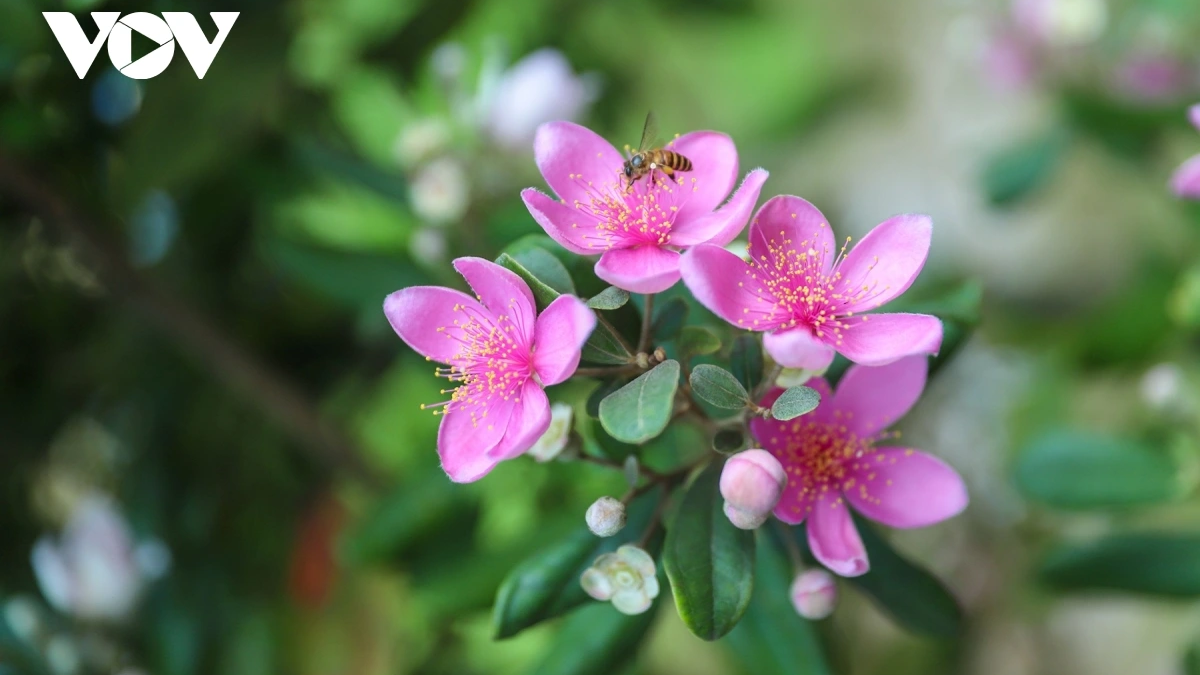


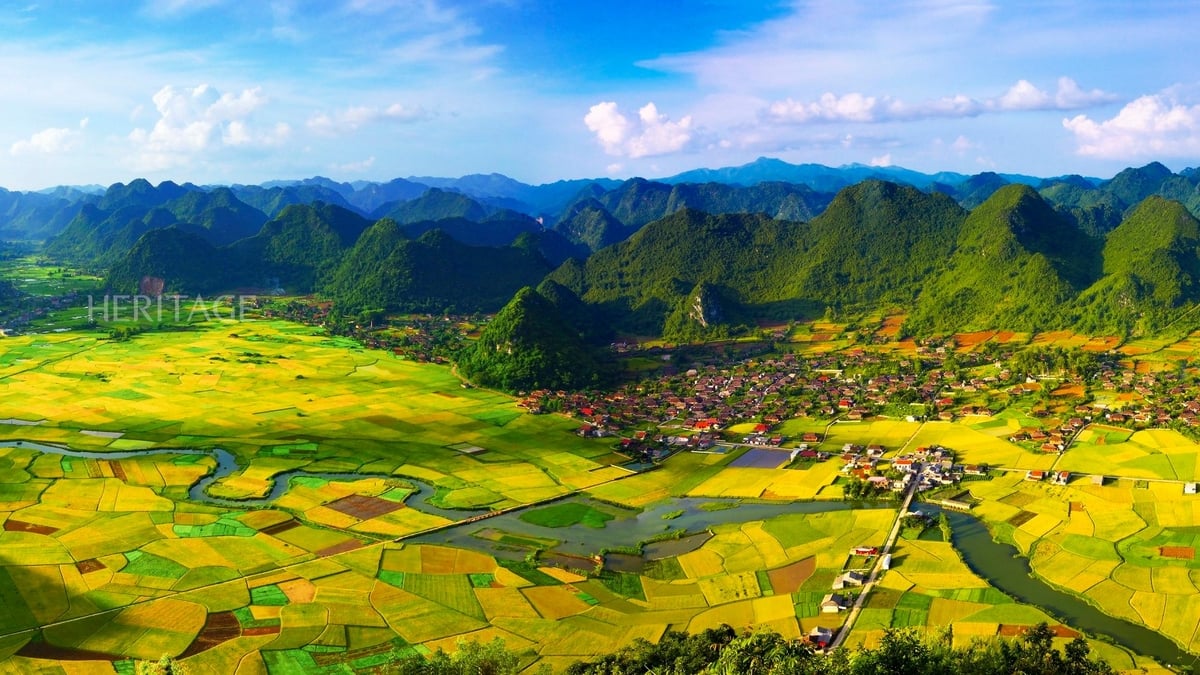
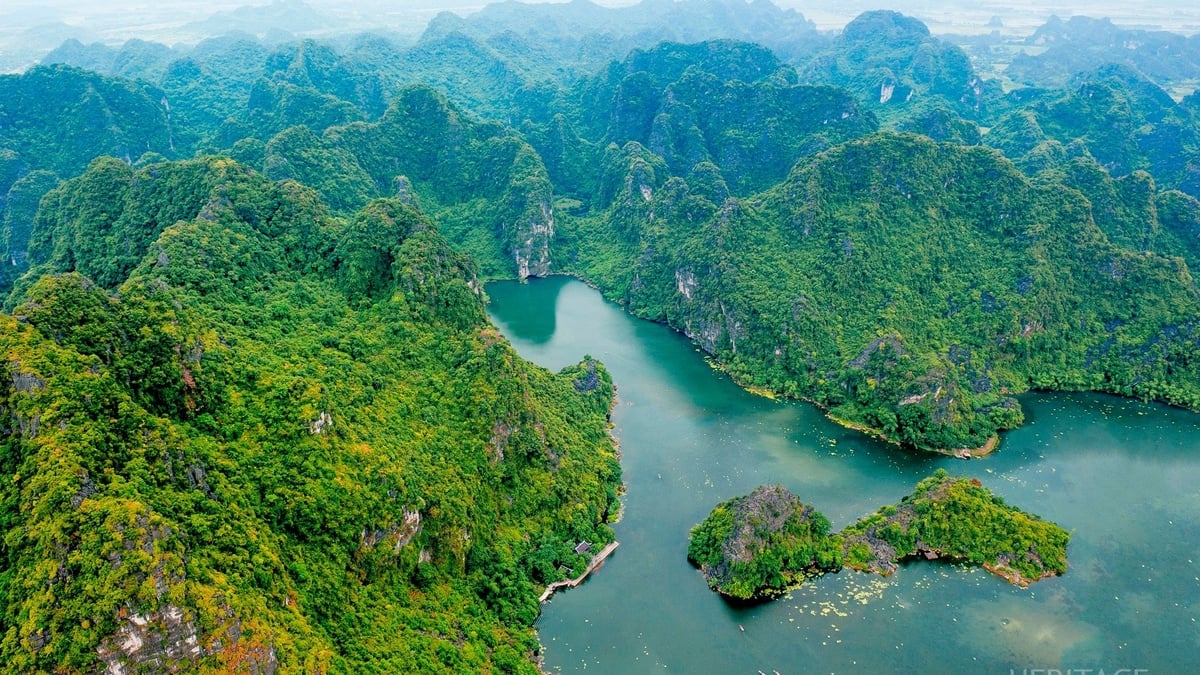
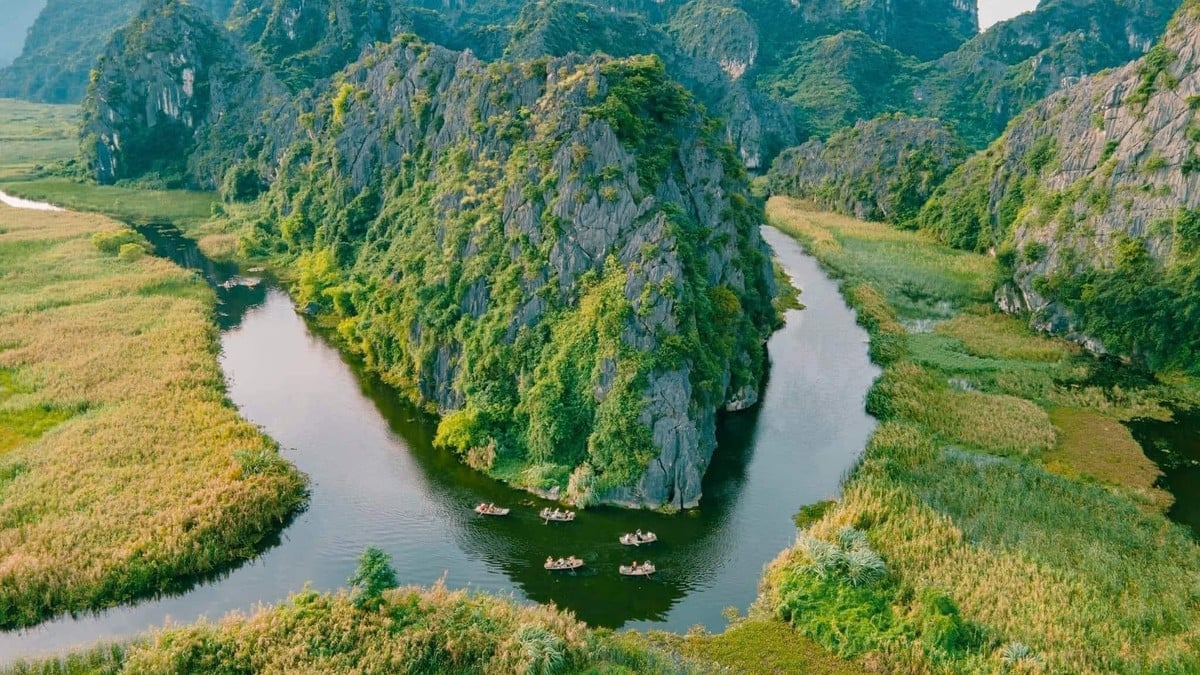
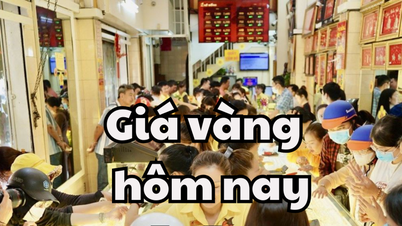



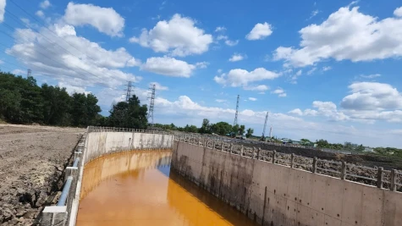


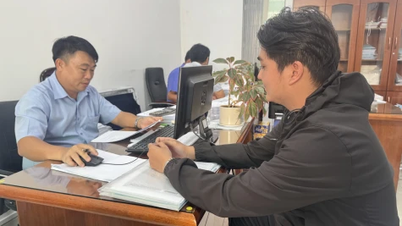
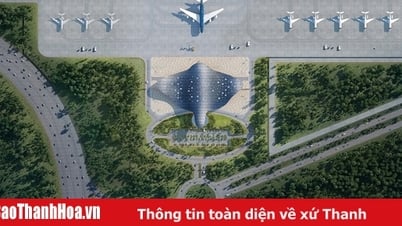





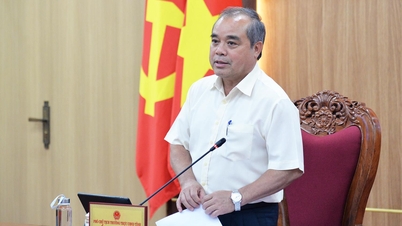

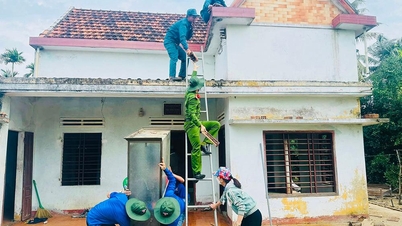
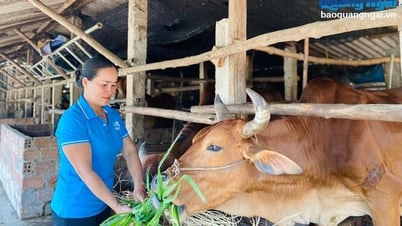
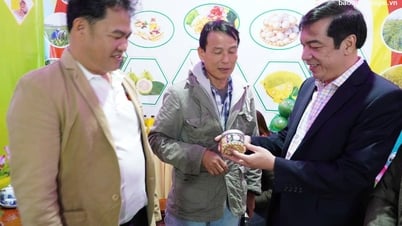
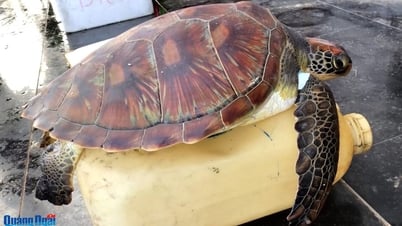
![[Photo] Prime Minister Pham Minh Chinh chairs a meeting on the implementation of the Lao Cai-Hanoi-Hai Phong railway project.](https://vphoto.vietnam.vn/thumb/1200x675/vietnam/resource/IMAGE/2025/5/20/0fa4c9864f63456ebc0eb504c09c7e26)
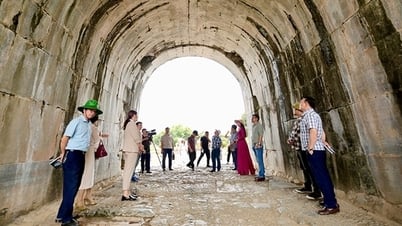

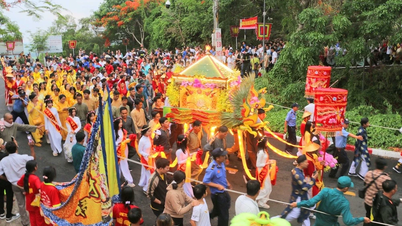

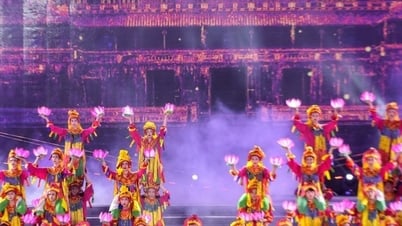

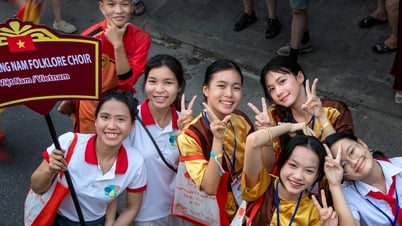
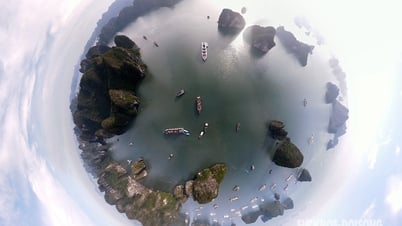



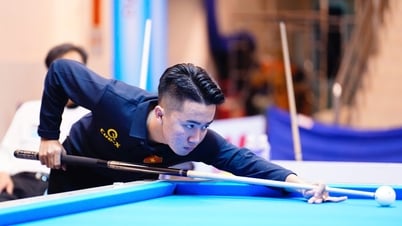










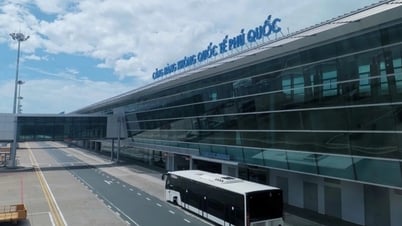
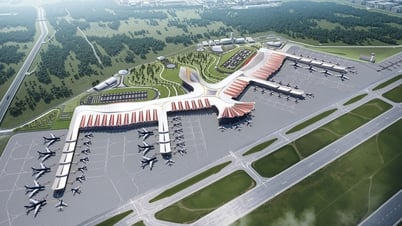
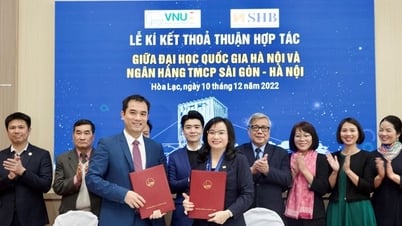

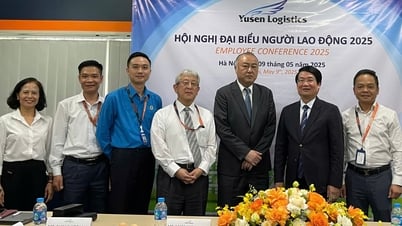


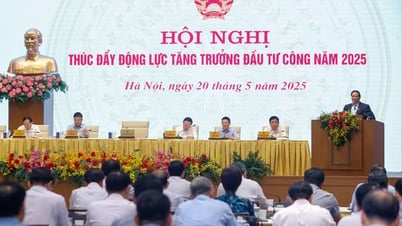


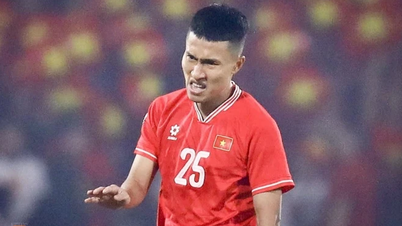

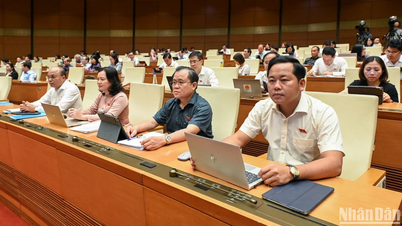
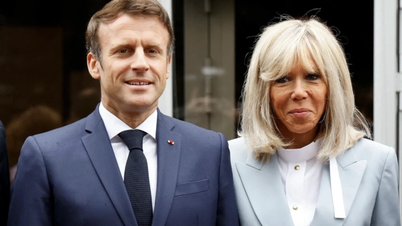
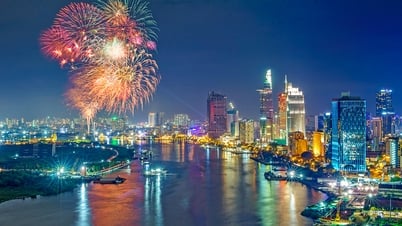
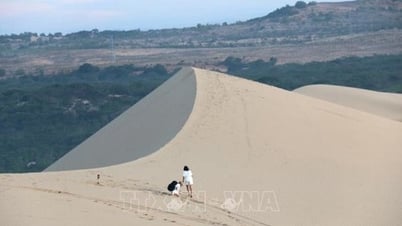

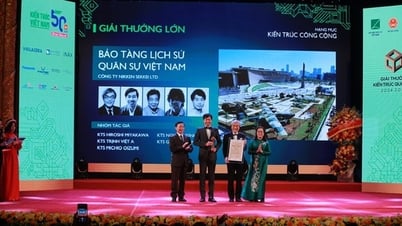
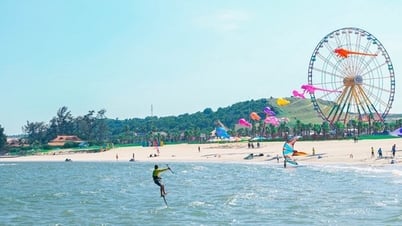
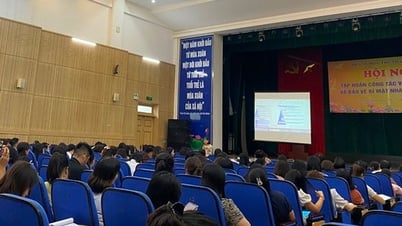
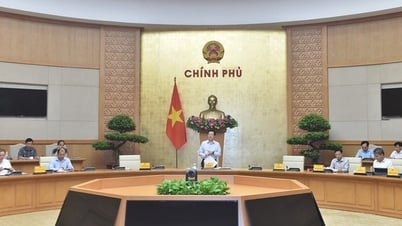
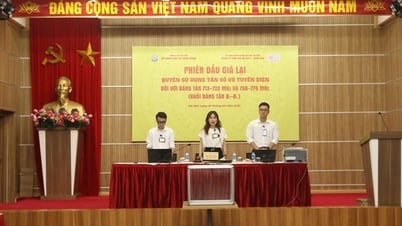

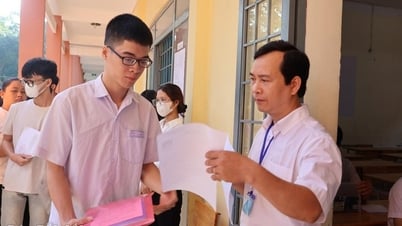

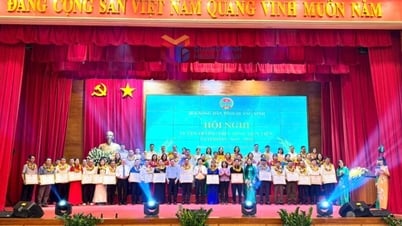

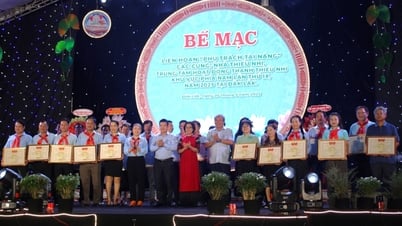
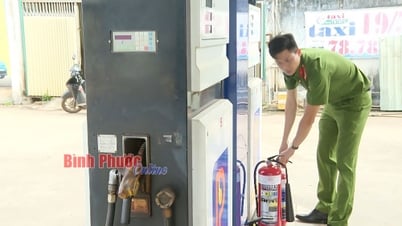













Comment (0)